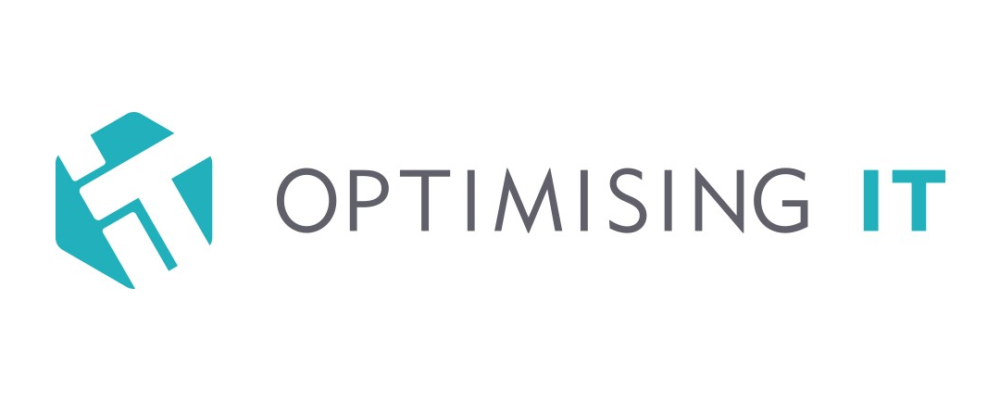How long does it take to migrate to Office 365?

DISCLAIMER: On April 21, 2022, Microsoft decided to rebrand the majority of Office 365 licensing plans as Microsoft 365 to better reflect the additional services that many of the plans include beyond the Office working applications. In November 2022, there are three remaining Office 365 plans for enterprises.
Since its initiation, Office 365 licensing has revolutionised the functionality and productivity of businesses all around the world. The cloud services in Office 365 can help enterprises to expand further than ever and provide workers with exceptional flexibility and collaboration techniques. As one of the leading workplace productivity services in the world, it’s not difficult to see why many businesses are making the switch to incorporate an Office 365 licence.
There are many factors that influence the difficulty of the transition into the cloud services offered by Microsoft. The old adage “time is money” is very real in the business world and determines many decisions. Let’s analyse why the time it takes to migrate to Office 365 is essential to consider.
Reasons That Affect the Speed of Migration to Office 365
Running a large business enterprise can include many logistical headaches. Office 365 licensing can help your business soar to new heights of organisation and productivity. Initiating the process of switching over to Office 365 can be challenging. Many factors influence the Office 365 licensing that your business needs, which can also affect how long migrating can take.
Size of Your Business
How large your organisation is and how many end users you have is one of the critical components influencing which Office 365 licence types are available to you. The more end users you have, the longer the migration period will be. If your business has 300 or more end users, you must choose from one of four Office 365 Enterprise plans. If your company has less than 300 end users, you can choose from any of the Office 365 Business or Enterprise plans.
The Quality and Quantity with Office 365 Licensing
The quantity of data and how it’s been organised can vary dramatically depending on the size and industry of your business. Microsoft and Office 365 migration experts highly recommend that your end users, Human Resources department, and IT support providers review your company’s data prior to initiating the migration process. Deleting or archiving any extraneous data or files and upgrading outdated software to a version that can be supported when migrating to Office 365 can help ensure the data migration goes as smoothly as possible.
Type of Migration Method
This is where it can get really confusing, and managed IT service providers like Optimist IT can be very beneficial. The migration method, or how your data will be transferred, largely depends on how many users’ emails and files you are trying to move, who is your current email service provider, and how quickly your business needs to transfer the data. The most common migration methods are:
- Internet Message Access Protocol (IMAP)
- Cutover
- Staged
- Hybrid Deployment
- Third-party
The IMAP method is generally for companies migrating to Office 365 from non-Exchange server-based email providers like Gmail. One downside to this method is that the only content that can be directly migrated into the Office 365 systems is what is in the old email system’s inboxes and mail folders. The transferred data cannot exceed 35MB, and any contacts, tasks, or calendar items must be manually entered into Office 365 by the user.
The cutover method is ideal for companies with less than 2000 users that want to move them into Office 365 as quickly as possible in the most cost-effective manner. If you decide to use this method, Microsoft recommends moving inboxes and data in batches of no more than 150 users at a time. This ensures that the data is transferred efficiently and lowers the risk of network complications.
The staged method is better for organisations that are moving to Office 365 from older versions of Exchange servers (i.e. Microsoft Exchange 2003 or 2007) or organisations transferring more than 2000 users. This method is also ideal when your company has a longer time frame to complete the transition. Microsoft states that for the staged migration to function correctly, it is imperative that you synchronise the on-premises Active Directory domain to Office 365 using Azure Active Directory sync.
The hybrid deployment method is a fantastic way to slowly incorporate Office 365 licensing into your workplace without fully committing to migrating your entire workforce onto the cloud. While it is the most expensive and complicated method, this may be an excellent migration option if you want to open up on-premises server space and take advantage of your existing infrastructure while testing how working in the cloud can benefit your business. There are many components and prerequisites needed to initiate this migration method successfully, so be sure to double-check if your system currently meets the requirements.
The third-party migration method is perfect for any company needing extra support in figuring out the many confusions regarding Office 365 licensing and migration. Licensed Office 365 professional IT support providers like Optimise IT can provide solutions to companies seeking assistance in figuring out a migration plan ideal for their business practices.
How Optimise IT Can Streamline Your Transition
With a varied selection of Office 365 licences to choose from, it can get a bit overwhelming trying to find the right one for your business. With Optimise IT, you can access fully certified Microsoft Gold Partners to help you develop a personalised migration plan into the Office 365 cloud. With award-winning managed IT services, the professionals at Optimise IT will review your current IT systems and help you understand which Office 365 services are best for your organisation without overspending on extra things you don’t need. Contact us today to learn how your business can maximise productivity and easily collaborate with Office 365 licensing.













